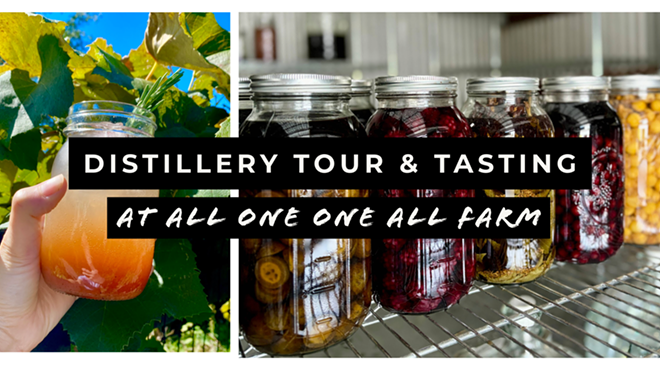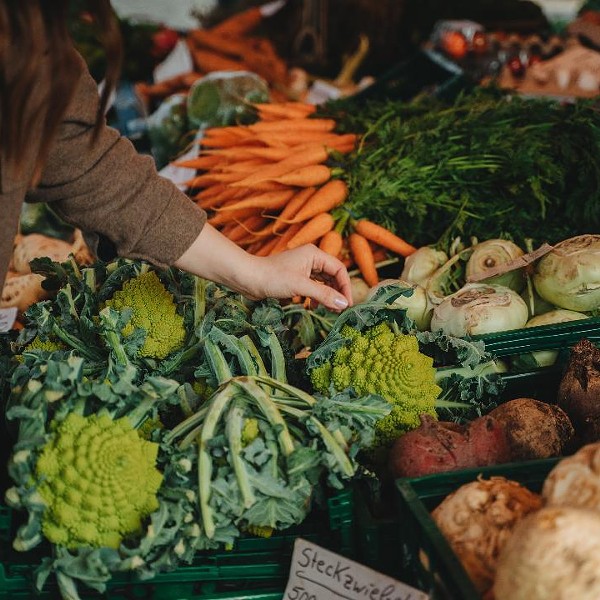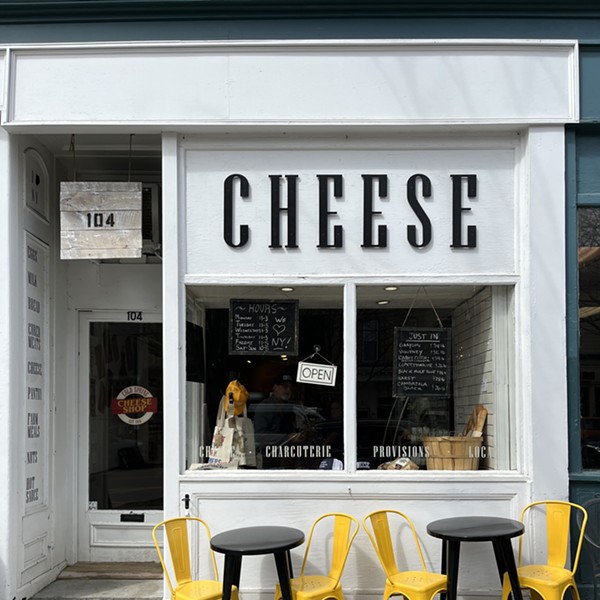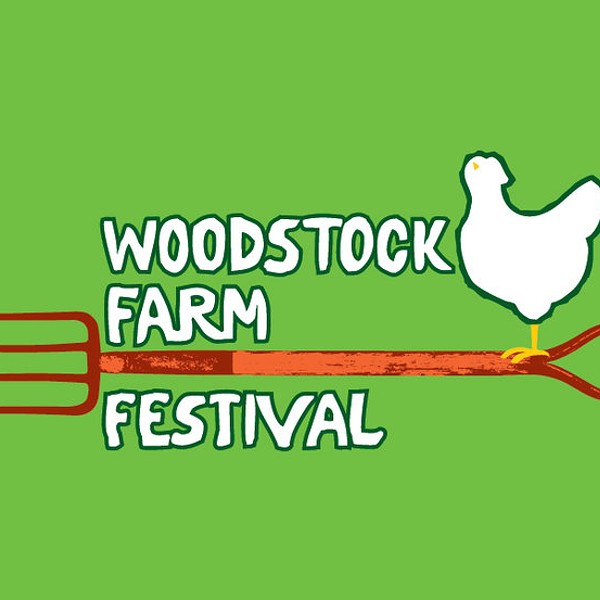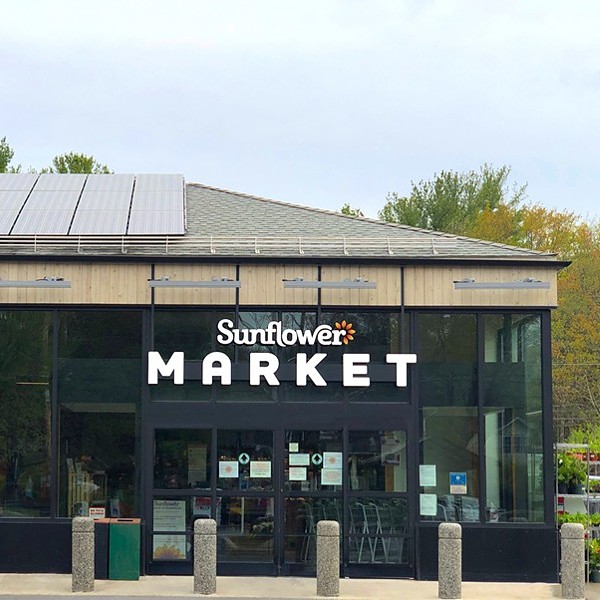It’s a hard time to be a dairy farmer. Milk prices are currently so low that the market pays less per gallon than it costs to produce. In response to this untenable situation, Senator Gillibrand recently announced that revamping the dairy-pricing system is a priority, and she hopes to have fundamental reform written into the next farm bill. In the meantime, one of the ways in which farmers have hedged against the volatility of the market—and actually earned some money for their labor—is through value-added processes, turning their milk into ice cream, yogurt, and cheese. We are fortunate that our region is blessed with some extraordinary cheese makers, and any fan of fine cheese can now be completely satisfied with the quality and variety of artisanal products to be found here. It is officially time for us to stop buying cheese from Europe.
Jessica Applestone is the co-owner and cheese buyer at Fleisher’s Grass-Fed Meats in Kingston. “If you include the Berkshires, Vermont, and other parts of New York,” she says, “you can definitely say that our region is world-class.” Fleisher’s carries cheeses from our immediate vicinity as well as first-rate efforts—like Berkshire Blue and Jasper Hill Farm’s Bayley Hazen and Constant Bliss—from a little farther afield. She considers the whole Northeast to be fair game for locavores, and tries to find the best examples of different styles. And there are many to choose from; she cites 3-Corner Field (Shushan; sheep’s milk cheeses) Cobb Hill (Hartland, Vermont; Alpine and Caerphilly) Cato Corner (Colchester, Connecticut; a variety of raw cow’s milk cheese) Thistle Hill (Pomfret, Vermont; organic raw-milk Alpine) and Tonjes Dairy (Calicoon; Ricotta) as some of her favorites.
In our area, Colin McGrath at Sprout Creek Farm in Poughkeepsie is doing some impressive work. Young, energetic, and with a clear passion for his job, he says his goal is “to let the milk speak for itself.” McGrath has an intuitive style of cheese making, which he describes as “70 percent feel, 30 percent science” that relies more on his senses than pH meters, and he treats his process much as an artist might, allowing accidents and improvisation to spark ideas for new ways to manipulate the variables that govern the result. In the chilly aging rooms, he acts as a conductor of microbes; through different treatments of each size wheel, he makes them hospitable to different combinations of the organisms that will govern the flavor, texture, and appearance of each type as they ripen. “I respect tradition, but I’m not bound by it,” he says, and the lack of any constraints—like the strict appellation d’origine controlée (AOC) system that governs wine and cheese in France—allows him to follow his inspiration anywhere it leads.
McGrath and one assistant make 40,000 pounds of cheese a year. In his five years at the farm he has expanded the product line far beyond the original four to include a few fast-selling goat cheeses (fans know to come right to the farm to get them) and a full spectrum of raw cow’s milk cheese ranging from the milder, Havarti-like Bogart through the popular, somewhat sharper Toussaint and Ouray to the downright masterful Eden, which has duplicated the silky reek of Morbier from Eastern France. There’s also a blue, Camus—pun intended—that would, on a board next to a wedge each of Bayley Hazen, Berkshire Blue, and Old Chatham’s Shaker Blue, and accompanied by a sticky wine, make as elegant and interesting a dessert as one could hope for.
Better with Age
The Real Live Food Company, currently based at Ronnybrook Dairy in Ancramdale (themselves the source of excellent milk, yogurt, and ice cream) makes farmer’s cheese and queso blanco with added probiotic cultures, but the real standout is their Camembert. At two months, it’s a ringer for the original, but at four to six months it takes on a darker patina and develops some serious ammonia overtones; lovers of the pungent should look for the “Noir” and get their stank on in fine style. Co-owners Rory Chase and Peter Destler grew up right down the road, and moved back home from California a couple of years ago to help keep Chase’s family’s farm in business. They are about a month away from moving into their own facility, just down the hill from Ronnybrook, and they expect to be able to quadruple their production as soon as they move. Among other things, they plan to start aging some Camembert for a year to make a hard cheese for shaving or grating. The Old Chatham Sheepherding Company also makes a Camembert, but from a blend of sheep and cow milk, and it’s safe to say that trying to choose a favorite between these two is not the worst way to pass an hour with friends at the end of a good meal.








